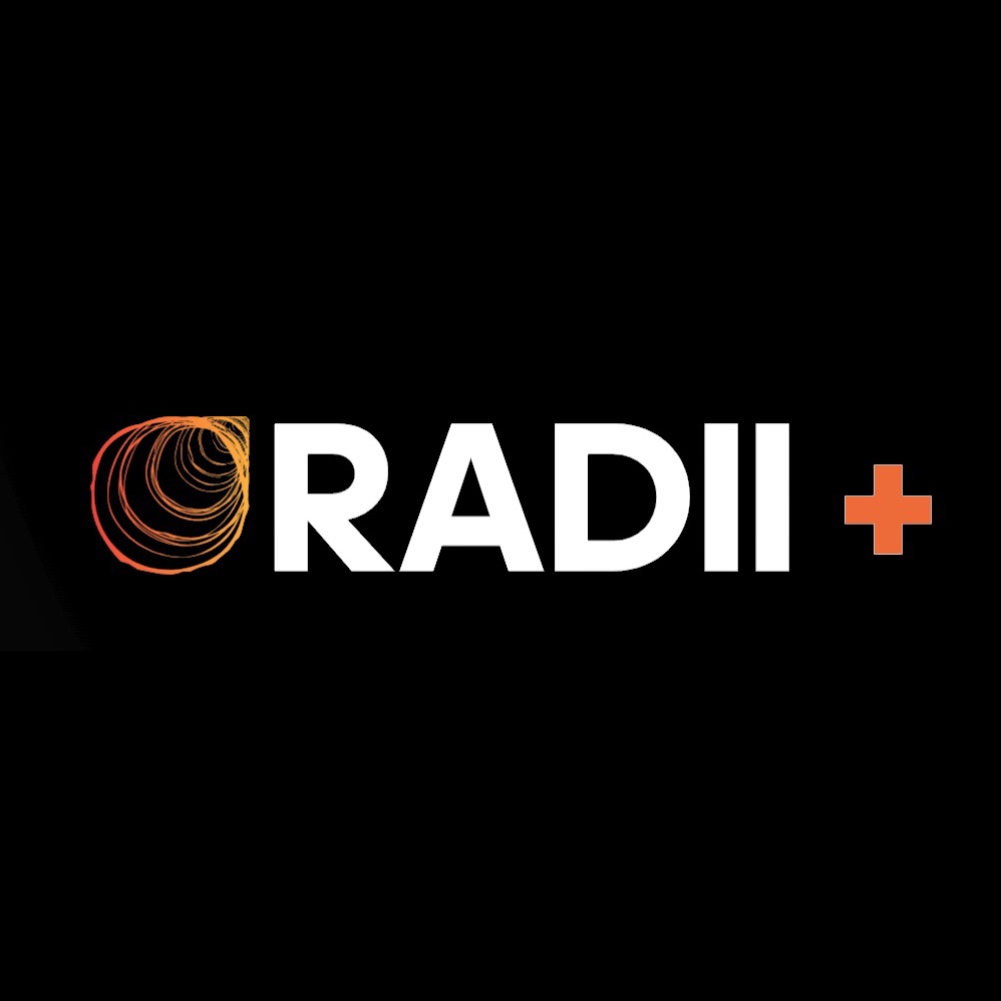Earlier this year, eMarketer forecast that U.S. CTV media budgets would expand by 17% year over year, hitting $33 billion, with the acceleration of ad spend finally overtaking the 7% increase in CTV time.
But even as advertisers start to capture the attention of viewers—more than 70% of the population, according to eMarketer—there are still many issues that need to be fixed if marketers want to believe they’re getting value for their money. The most frequent grievances are about pricing transparency and audience measurement.
Nielsen’s new “big data plus panel” assessment system caused tensions between TV networks and Nielsen to erupt last month. In contrast to Nielsen’s heritage system, networks, particularly smaller ones and those with multicultural audiences, claim that shifting metrics are detrimental to their operations. Although there are worries that the new approach may unjustly affect future TV and streaming ad rates, it is anticipated to become the de facto standard for upfront negotiations. Following several concerns, VAB called the meeting.
READ MORE: Third-Party Data Is More Crucial Than Ever In CTV, Retail Media, And New Channels
In the meantime, town hall talks, which were held in accordance with the Chatham House Rule, at Digiday’s inaugural CTV Ad Strategies event earlier this month, concentrated on the difficulties associated with CTV advertising, specifically the cost, fees, and the challenge of attaining consistent reach and frequency measurement across platforms.

A number of participants brought up the issue of cost transparency, pointing out that supply-side platforms, agencies, and other ad tech companies are occasionally just as unaware of the market dynamics at work as marketers, who frequently don’t grasp how fees are exactly computed.
One executive from a participating media firm noted, “They [clients] may not be used to seeing every layer of the ad tech fees.” It simply becomes multiplied when you have data, supply, and other ad tech expenditures. and, depending on the platform you choose, can account for as much as 15–40% of your media.
READ MORE: B2B Advertisers Are Utilizing LinkedIn’s CTV Ads To Identify Audiences In Their Own Communities
A second participant, meantime, related a situation in which clients demanded that they only run advertisements on premium CTV properties, like Amazon Prime, Hulu, etc., and a following RFP revealed concerning differences in proposed cost, especially when it came to the prices of tech platforms in comparison to direct purchases.

“To find out what their [the streaming services’] CPMs were, we conducted individual RFPs, and each one of them returned prices in the $20 [CPMs] range, along with all the targeting you desire,” the participant explained. However, the ones with the DSPs returned, and their CPMs ranged from $45 to $55. How can we convince a client of that?
Several other town hall participants, meantime, brought up the difficulties of sell-side players frequently figuring out how to make margins without “getting caught,” with overworked buying teams frequently not having the opportunity to question such strategies.
A another agency executive made the observation that “the brands are putting in dollars, but they expect outcomes,” referring to certain sell-side strategies that are increasingly infuriating the buy-side of the industry. “Many games that demand high-margin fees are being played in the meantime.”

Participants in the town hall session also testified that some demand-side platforms make an effort to provide greater accountability.
“Even with its well-documented fees, some DSPs, like The Trade Desk, offer some additional measurement to help better quantify if you’re driving incremental reach and manage frequency holistically,” one more person said. “I don’t think it’s a perfect science, but sometimes you can identify the duplication by having a third party measure that out.”
The discussion then shifted to why, despite omnichannel campaign management being a persistent problem in the industry, reach and frequency issues still exist. various DSPs may provide you with various outputs at different times if you’re working on numerous platforms. Therefore, it’s difficult to see the big picture,” one speaker noted. It will take time to demonstrate it, and you can use different approaches on various platforms. Thus, it’s really more gymnastics of logistics.
Participants frequently attributed this continuous difficulty to the rigidity of big platforms, which are rarely prepared to give up their walled-garden tactics. “That’s just going to be the challenge that the agency faces until there’s one holistic seismic point where there’s one DSP that has access to everything,” said another participant.
Step into the ultimate entertainment experience with Radii+ ! Movies, TV series, exclusive interviews, live events, music, and more—stream anytime, anywhere. Download now on various devices including iPhone, Android, smart TVs, Apple TV, Fire Stick, and more!


